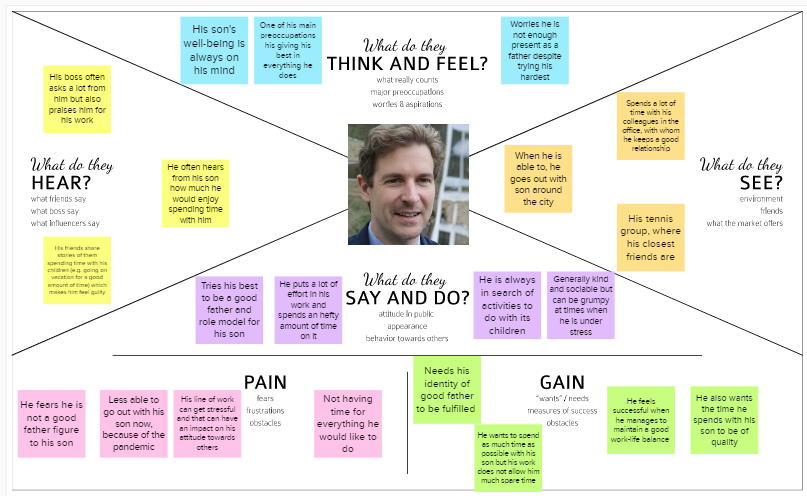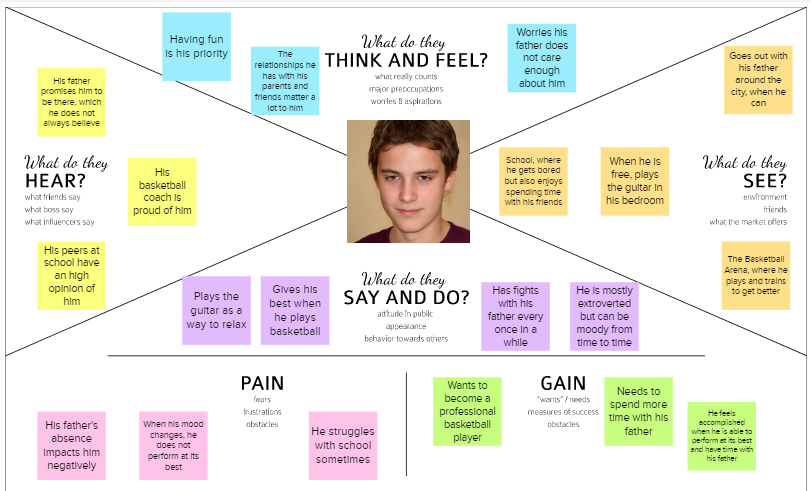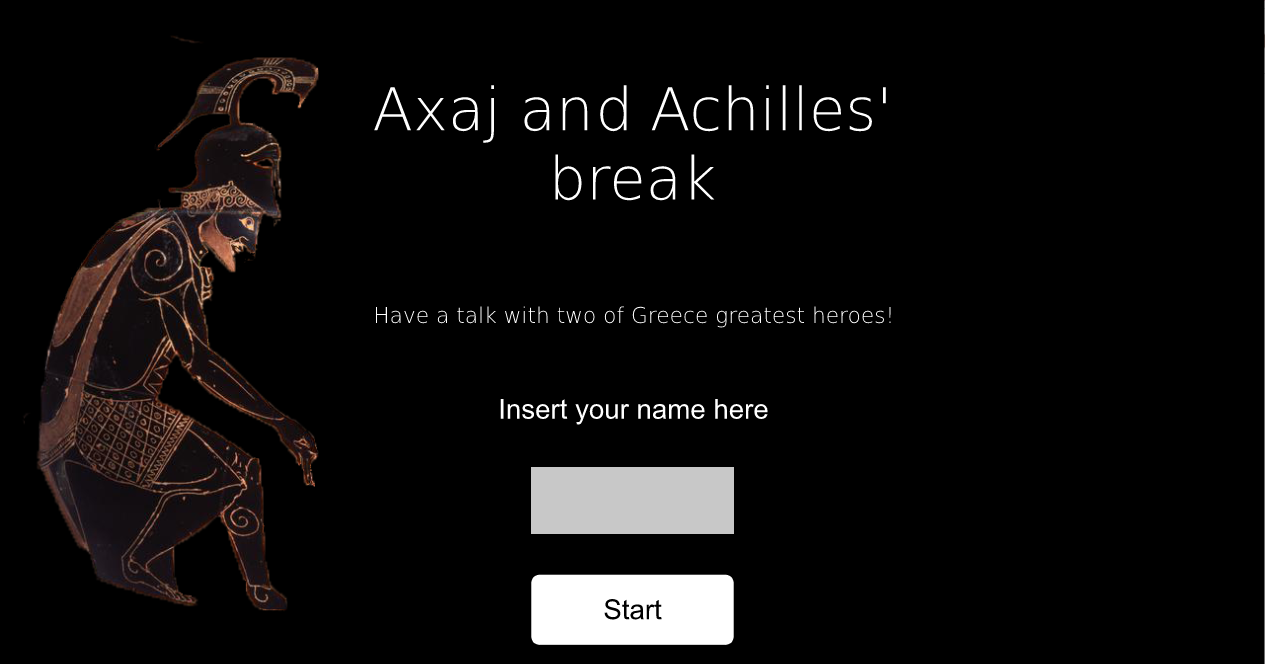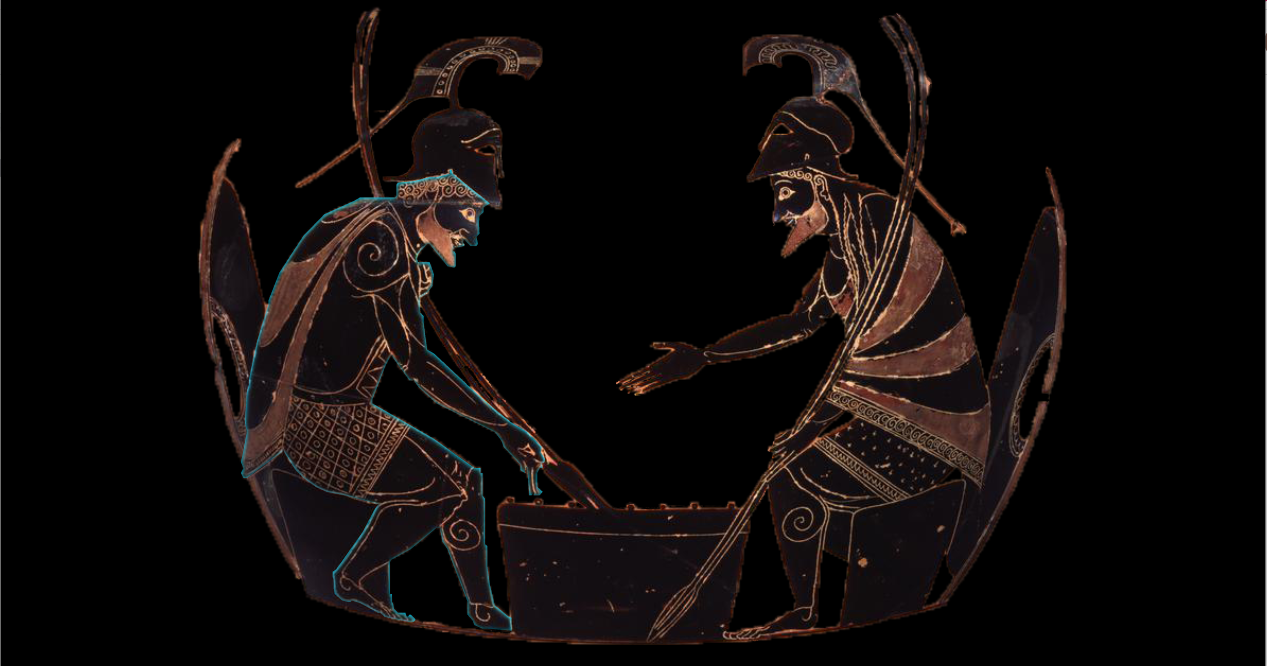



- A high-fidelity prototype of a digital experience for the British Museum website that would engage visitors during the pandemic and enhance their experience - A humorous take on the discussions two greek heroes would have thousands of years ago! - Extensive desk-based research on the concept of heritage, museums' aims (specifically during the pandemic) and visitors' needs. - Employed Affinity Maps to thematically group and analyse the research's findings - Created Personas and Empathy maps to cater the experience to a specific audience and achieve a better understanding of their thoughts and needs - Wireframed two different low-fidelity prototypes through Balsamiq - Developed a final, high-fidelity prototype through Invision Studio and Adobe Photoshop



